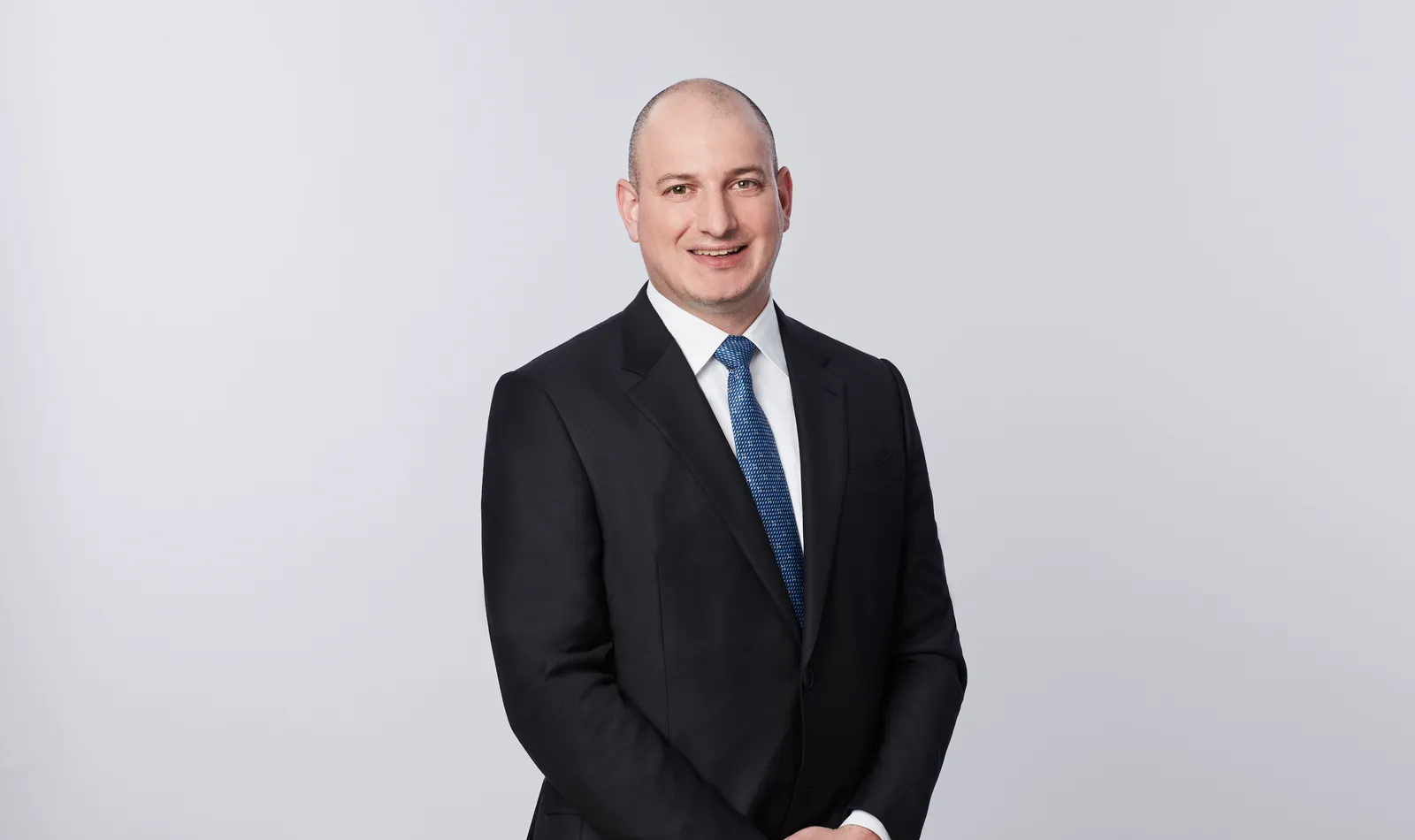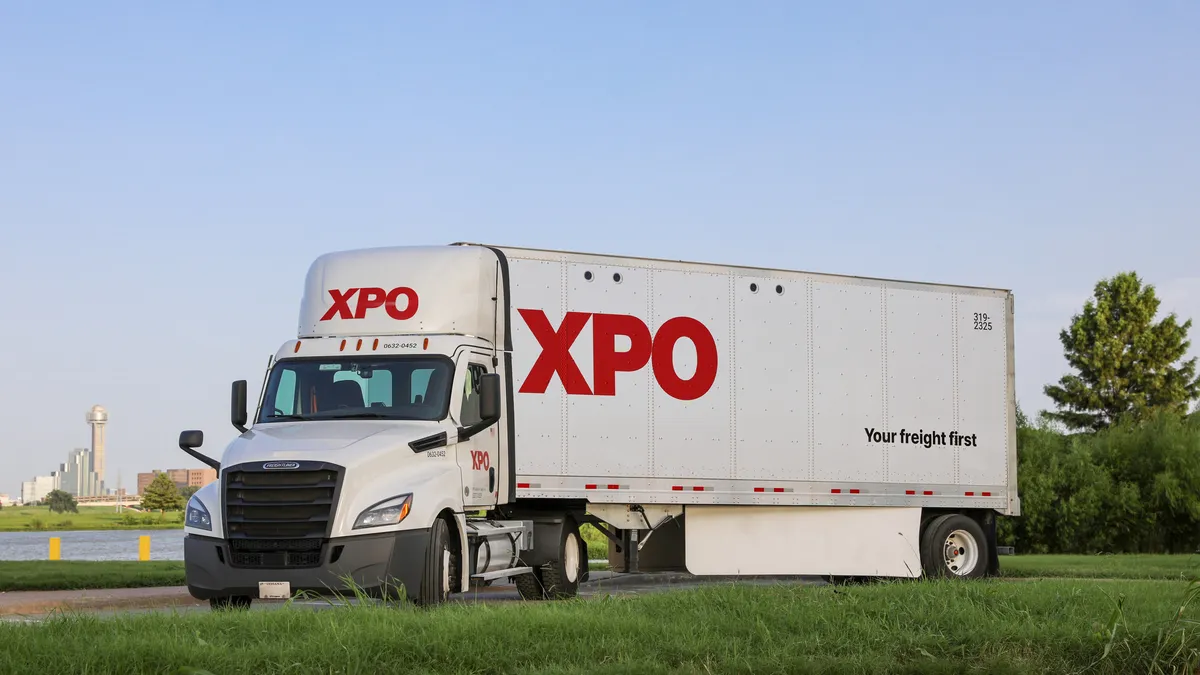In charge of technology at the LTL freight company XPO, CIO Jay Silberkleit contends with two perennial challenges for tech leaders: aligning IT with business objectives and securing C-suite support for modernization.
CIOs control the largest share of annual budgets in many companies, and thus play key roles in shaping business, according to a recent Citrix survey of 3,300 executives.
IT spending may even help companies hedge against economic downturn. But communicating the value of IT spending to CEOs, CFOs and other C-suite leaders can still be a challenge.
“A lot of the goal is to create that partnership with the business,” Silberkleit told CIO Dive. “As a CIO, you have to partner with the business to help them understand where technology can solve problems.”
When Silberkleit stepped into the job in early November, he had a notable advantage in that regard. His boss, CEO Mario Harik, spent a decade as XPO’s CIO and is intimately familiar with the company’s tech operations.

Harik was one of former CEO Brad Jacobs’ first hires, when the company was in its start-up phase. Silberkleit’s tenure also dates back to XPO’s early days as a disruptor in freight brokerage, a business that involves connecting shippers with haulers.
“I was Mario’s third hire,” he said.
Harik and his team engineered and implemented a digital platform to help end users make more informed decisions, track shipments and reduce costs.
They also focused on integrating backend operations as XPO grew rapidly through a series of more than a dozen acquisitions, topped off by a $3 billion deal for Con-way in 2015, which made XPO one of North America’s largest players in the less-than-truckload space.
“As you would expect in a startup environment, we were creating technologies, writing the code and then going on to enterprise architecture because, as we moved into acquisitions, it became important to have more governance on how we build software and what the architectures would look like how all of these different business units would talk to each other,” Silberkleit said.
A new XPO
The C-suite realignment that elevated Silberkleit to CIO took place amid major changes in the business. XPO spun off its brokerage arm into the standalone company RXO in November, divested its European warehousing business in 2021 and is now focused exclusively on less-than-truckload.
LTL carriers combine freight from various sources into one load and orchestrate the deliveries. Like freight brokerage, LTL is ripe for digital transformation, Silberkleit said.
“We applied technology to brokerage, and now we're doing the same in LTL,” Silberkleit said. “It’s becoming a data-centric business.”
Using data to increase load density, optimize routing and schedule deliveries is a major priority.
“We have so many platforms out there generating data,” said Silberkleit. “Getting that data into the hands of our operators, who need to make decisions in real time, is the focus right now.”
There are four key areas of the business targeted for modernization at XPO, Silberkleit said:
- Using machine learning to understand cost, optimize price, pack trailers efficiently and reduce the miles driven.
- Building more efficient trailers to reduce rehandle costs.
- Improving route planning and deliveries sequencing.
- Increasing productivity on the dock through our labor optimization tools.
In addition, XPO is using tech to improve the customer experience through “piece-level tracking,” which assigns each pallet a unique identifier for real-time tracking, Silberkleit said.
“Our customers want technology,” Silberkleit said. “They want integrations, they want to see more APIs and they want to be able to get data from us in real time to track their freight.”
An engineering culture
Recruiting and, perhaps more importantly, retaining tech talent has become a major concern for companies like XPO. In a tight market for IT pros, staffing success can be decisive in moving forward with modernization.
XPO’s IT shop has roughly 430 technologists, half the size of the staff who supported operations prior to the RXO spinoff. In its leaner incarnation, the team includes about a dozen ML and data science specialists, according to Silberkleit.
“Smart people like to work on hard problems, creative problems” Silberkleit said. “You need to hire the best, but you also have to give them an engaging environment, where they’re building interesting things and they’re excited by the work.”
The workplace culture for XPO’s technologists is an engineering culture, said Silberkleit, and that impacts his role as a CIO.
“The role is different from what you’d see at a company where the CIO is mainly in charge of hardware,” Silberkleit said. “This is an engineering culture. This is about building things. It's about creating things. It's about solving problems, and, for me, it's also about being a business person, understanding how the business operates, and getting out there in the field.”
Silberkleit said he visits service centers and talks with drivers and dock workers about the technology they need to improve operations.
“One of my roles is to collect ideas that I then bring back to an engineering culture, then we go and figure out how we're going to build that,” Silberkleit said.
Explaining that technology to a tech-savvy CEO may not be difficult, but that doesn’t mean approvals are automatic.
“When we’re laying out initiatives and things that we want to build, Mario understands the technical aspects, and he also brings ideas to us,” Silberkleit said. “But, at the end of the day, his focus has to be on the financial plan and making sure that we hit our goals.”





















